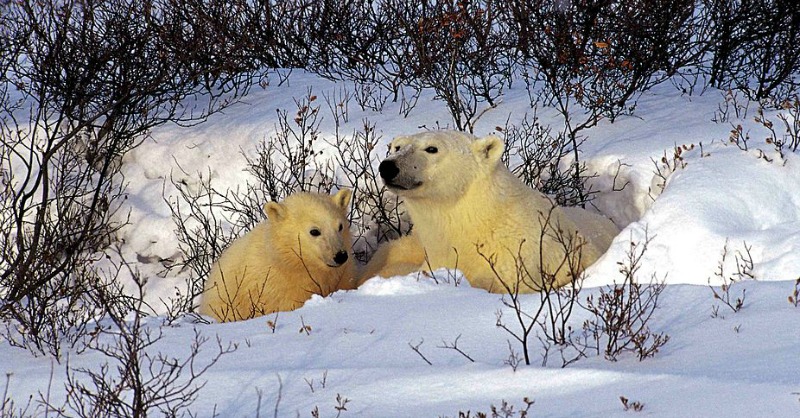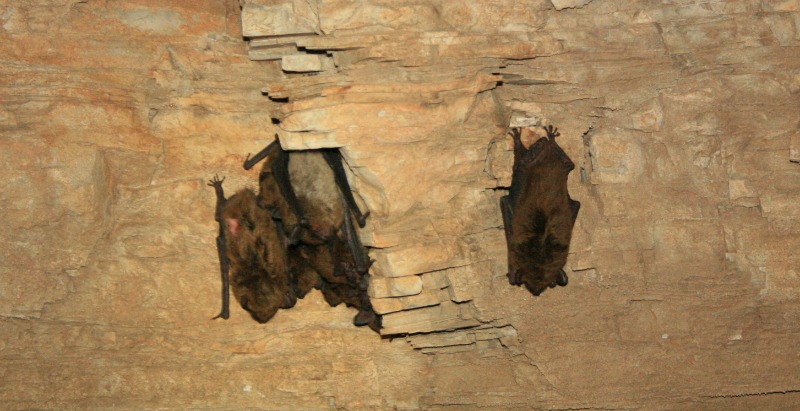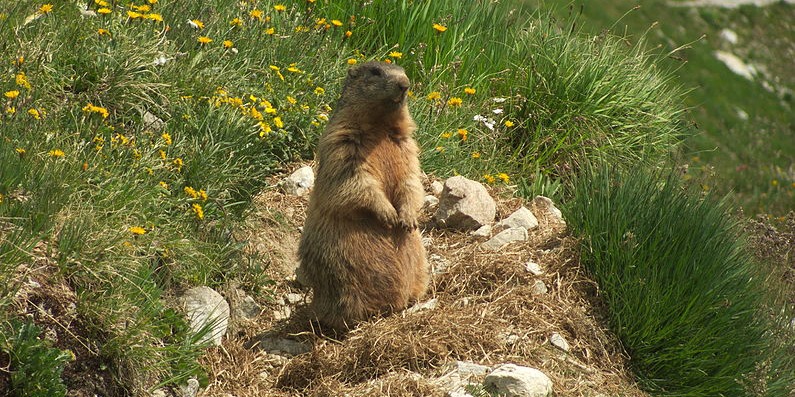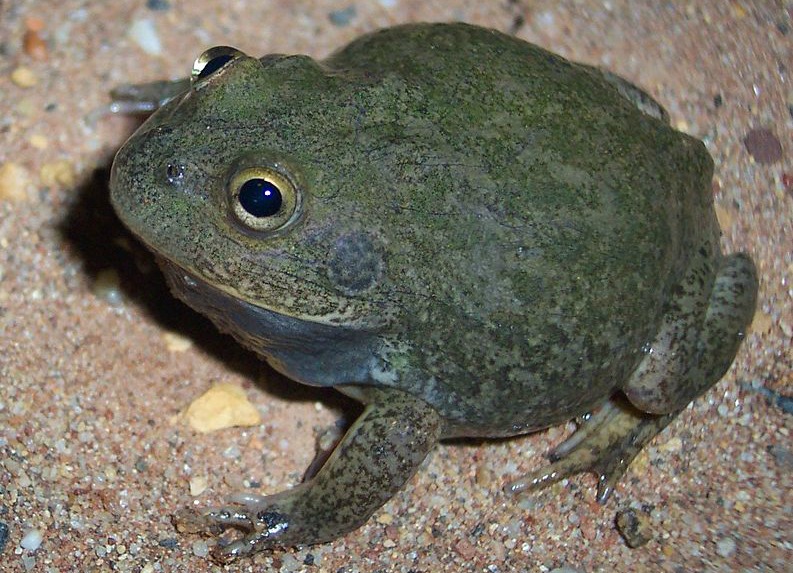Birds do it. Bees do it. And here’s why.
Lots of animals hibernate but there’s more to it than just snoozing until spring arrives. Many species also lower their heart rate and body temperature while they slumber in addition to slowing their breathing rate. This enables them to use as little energy as possible until the weather warms up. Some, like chipmunks and other rodents, opt to store tons of food in their homes (and wake up to occasionally eat); larger animals typically prefer to gorge themselves before a long winter’s nap.
The cool weather and limited amounts of stuff to eat are just a few of the reasons why they resort to hibernation but not the only ones. Female polar bears, for example, typically give birth while hibernating during the coldest weeks of winter. This allows them to care for their cubs when they’re still very delicate.
Bats are among those that like to hibernate for as long as possible. Big brown bats typically go into hibernation for 60 days. An experiment conducted by animal biologist W.G. Frum in the early ‘50s sought to pinpoint just how long they’d stay asleep. A few woke up on day 304, while a few kept going until the 344-day mark.
Alpine marmots for as long as eight months at a stretch, during which they only take three or four breaths per minute. What do they do during the other four months of the year? Mate and gather lots of food for their next period of hibernation.
Hibernation isn’t something that only occurs during the winter either. Lots of animals prefer aestivation, or summer hibernation. In order to prevent themselves from drying out, certain species of slugs sleep through the hottest months of the year. Many types of salamanders, crocodiles and desert tortoises in North America also do the same. The water holding frog of Australia chugs water, buries itself in stand, and then aestivates.
A few humans have also managed to hibernate (but not willingly). Mitsutaka Uchikoshi, a hiker who went missing on the slopes of Mount Rokko in western Japan in 2006, survived 24 days in frigid weather without food or water. According to his doctor, he managed to do it by going into hibernation.
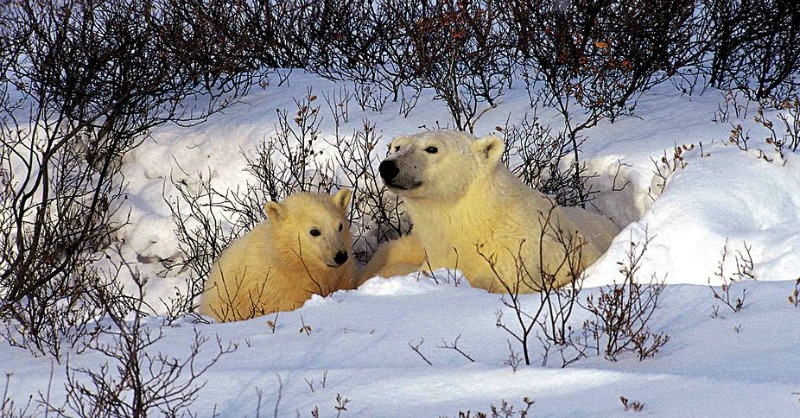
Everything You Always Wanted to Know About Hibernation (But Were Afraid to Ask)








